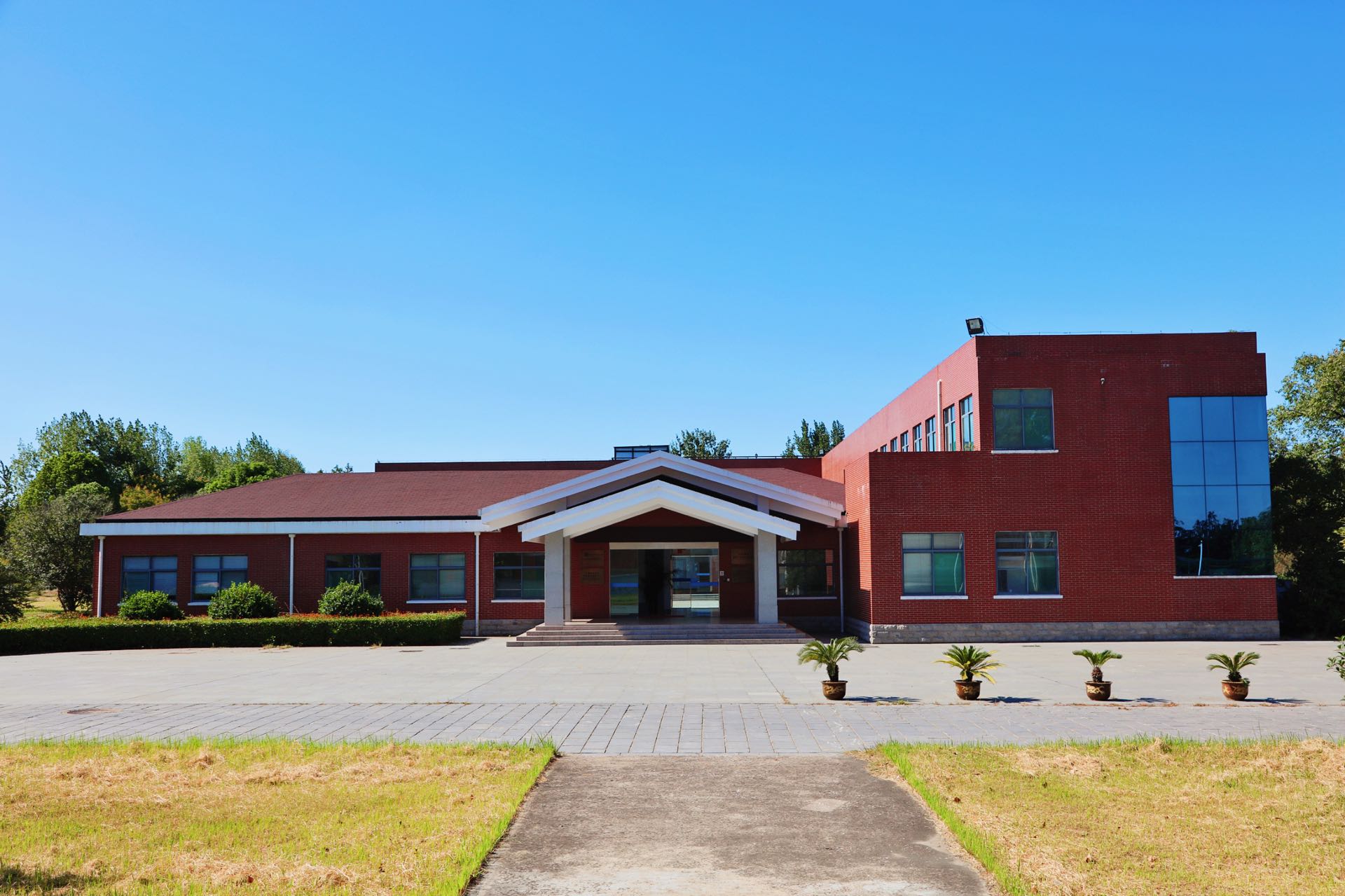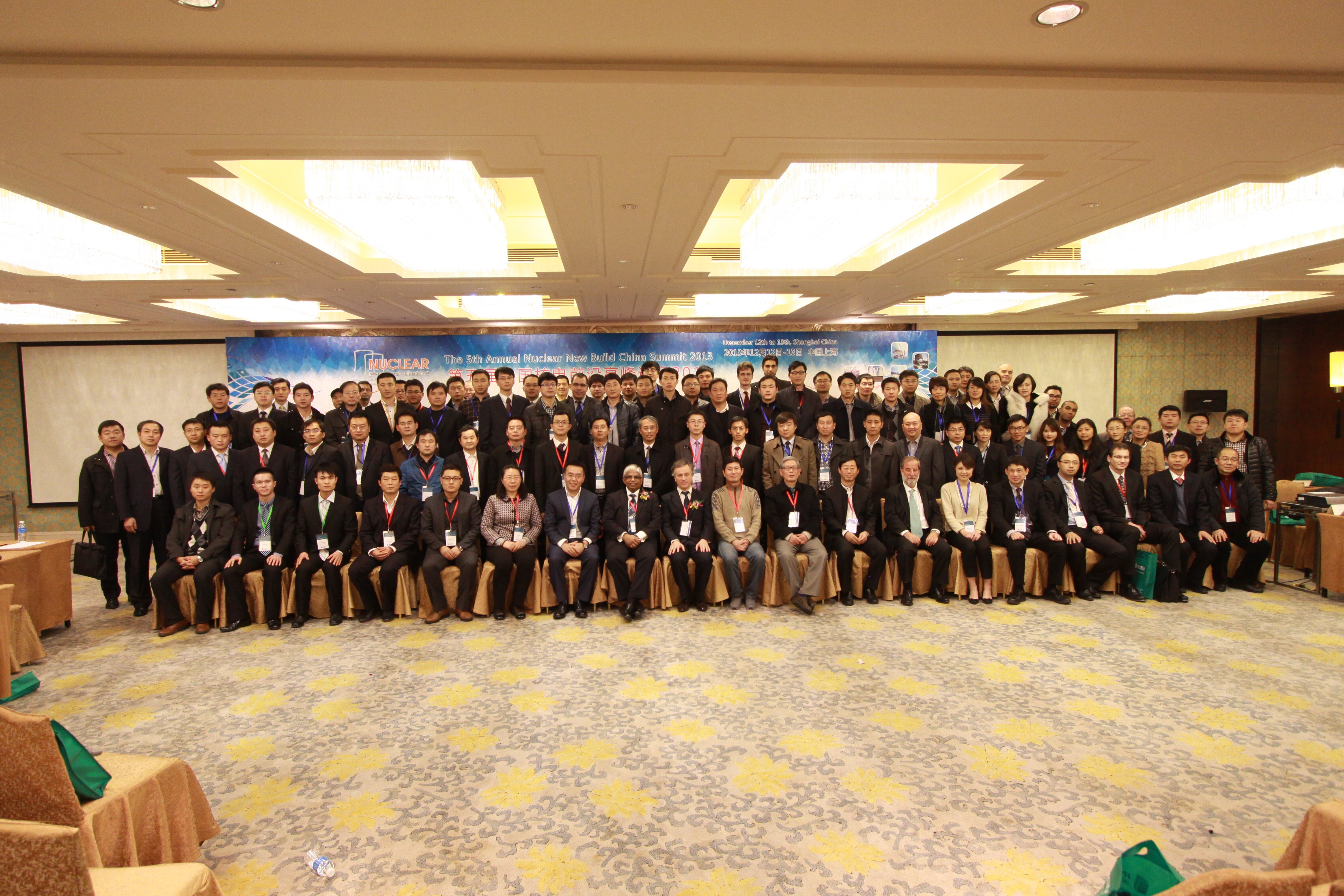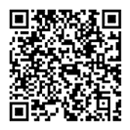Researchers Unveil the Tritium Release Behavior of Solid Breeder Irradiated with Fusion Neutron
Recently, a research group led by Prof. WANG Haixia from Institute of Nuclear Energy Safety Technology, Hefei Institutes of Physical Science of Chinese Academy of Sciences, discovered the forms and amounts of tritium released at diferent temperatures from lithium titanate (Li2TiO3) irradiated with fusion neutrons, which contributed to optimizing the design of solid blankets in fusion reactors.
The research results were published in Nuclear Materials and Energy and International Journal of Hydrogen Energy.
The tritium breeding and release behavior of solid breeders is crucial for the design of solid blankets in fusion reactors. However, most studies on breeder irradiation use fission neutrons, ion sources, or gamma sources, leaving a gap in knowledge about 14 MeV fusion neutron irradiation. Therefore, experiments were conducted on Li2TiO3, using fusion neutron source to explore the influence of high-energy neutrons on tritium production and release performance in solid breeders.
In this study, a specialized tritium release system was developed for measuring and collecting tritium after fusion neutron irradiation. This system, boasting close to 100% collection efficiency, incorporates bubblers for tritium collection, automatic replacement technology, and catalytic oxidation. By minimizing tritium loss and monitoring the release of tritiated water (HTO) and tritium gas (HT), the system allows for investigation into the tritium release behavior under various conditions like temperature, humidity, and heating rates.
Experiment results revealed that, at room temperature, a limited but visible amount of tritium was released from Li2TiO3 samples irradiated by fusion neutrons, indicating a self-healing behavior of defects. As the samples temperature increased, Li2TiO3 showed a tritium release peak, predominantly releasing HTO. Additionally, factors such as humidity in sweep gas, different tritium measurement methods, and heating rates significantly influenced the tritium release behavior.
"Our findings provide new insights for understanding the influence of fusion neutron irradiation on the tritium release mechanism," said Prof. WANG.
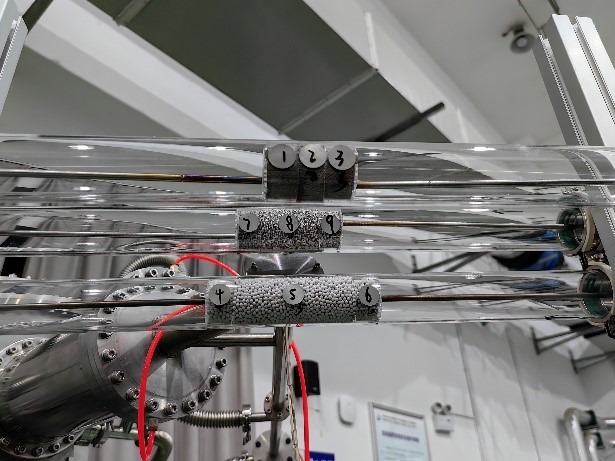
Fig. 1 Sample layout for 14 MeV fusion neutron irradiation (Image by FU Xuewei)
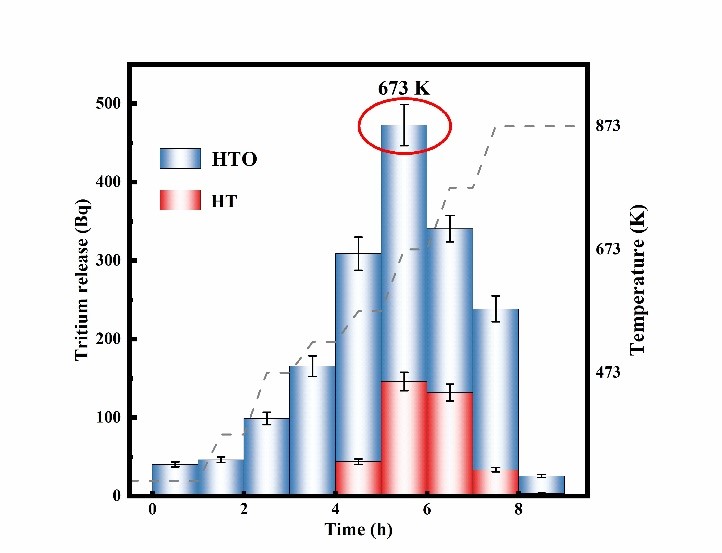
Fig. 2 Tritium release curve of Li2TiO3 in various temperature (Image by FU Xuewei)





